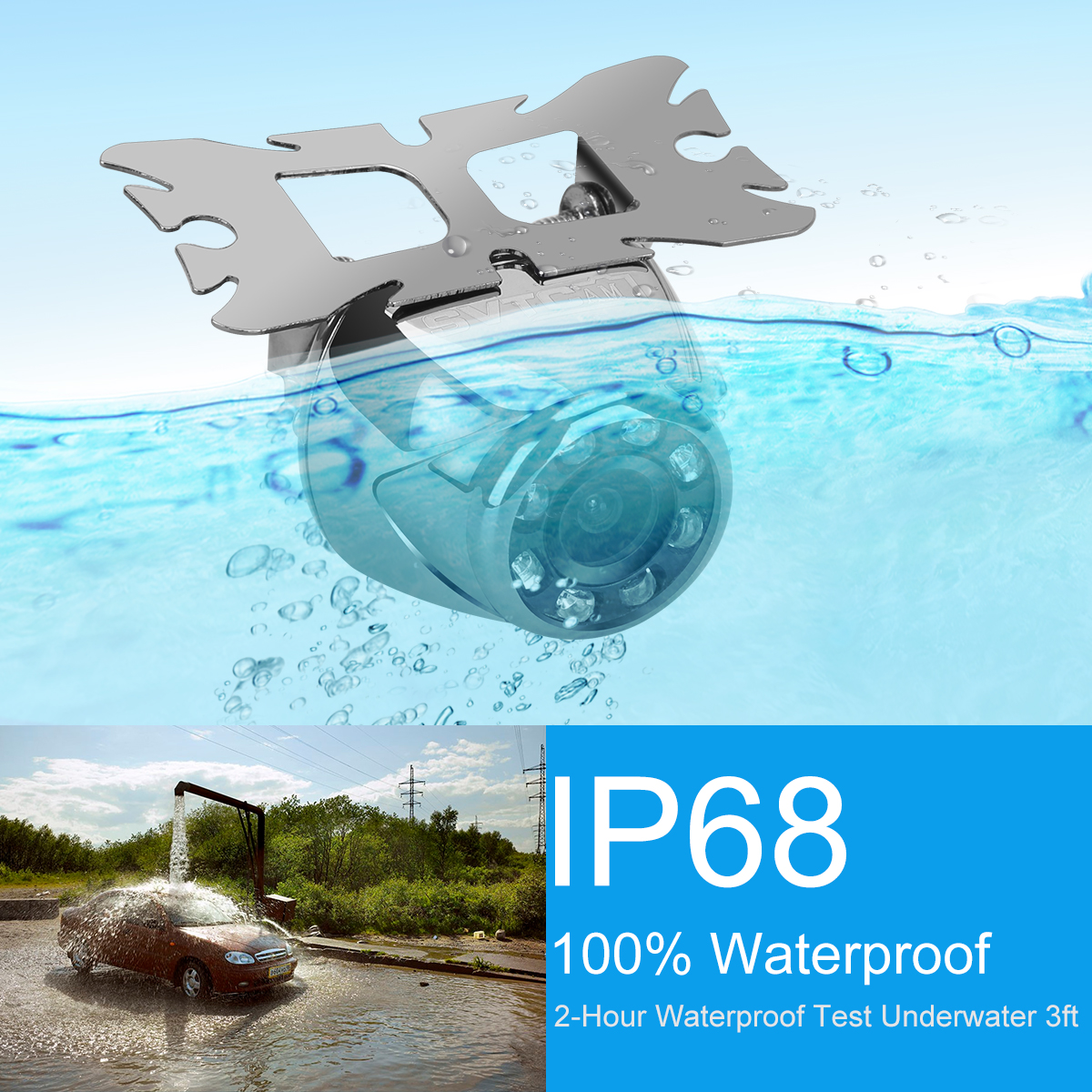Storage virtualization technology abstracts and unifiedly manages the underlying storage devices, shields the server layer from the particularity of storage device hardware, and retains only its unified logical characteristics, thereby achieving centralized, unified, and convenient management of the storage system. Compared with a computer system, the virtual storage part of the entire storage system is just like the operating system in the computer system. It manages various special and specific devices for the lower layer, and provides a relatively unified operating environment and resource usage method for the upper layer. .
SNIA (Storage Networking Industry AssociaTIon, Storage Networking Industry Association) defines storage virtualization technology as follows: By integrating one or more target (Target) services or functions with other additional functions, a unified and comprehensive service is provided.
Storage virtualization can be implemented at three different levels, including on a host server based on dedicated volume management software, or on the disk array using the firmware of the array controller (Firmware), or on a dedicated virtual machine The engine is implemented on the storage network.
1 Host-based storage virtualization technology
Host-based storage virtualization technology is completed on the server by the logical volume management software under the host operating system (installing the client software Agent), and the virtualized storage space can span multiple heterogeneous disk arrays.
This type of virtualization is usually implemented by a logical volume manager (logical volume manager) under the host operating system. They have been widely used on host systems and Unix servers for many years, and currently provide similar volume managers on Windows operating systems.
Government industry information systems are relatively large in scale, with many types of mainframes and application software used, and have high requirements on system performance and stability. Therefore, they are not suitable for using host-based storage virtualization technologies.
2 Storage virtualization technology based on storage devices
When multiple host servers need to access the same disk array, storage virtualization technology based on storage devices can be used. At this time, the virtualization work is completed on the storage device controller. By adding a virtualization function to the storage device controller, the storage capacity on a storage device (such as a disk array) is divided into multiple storage spaces (LUNs) For access by different host systems.
The intelligent storage device controller provides data block-level integration and also provides some additional functions, such as LUN Masking, caching, instant snapshots, and data replication.
For municipal and county government departments, the amount of data is small, and the storage device is single. It is suitable to use storage virtualization technology based on storage devices. Ministries and provincial government departments have a large amount of data, often use multiple storage devices, and require cross-device, cross-region data sharing and integration, so they are not suitable for storage virtualization technology based on storage devices.
3 Storage virtualization technology based on storage network
The storage virtualization technology based on the storage network is realized by adding a virtualization engine to the storage area network (SAN). The virtualization engine is one or more independent devices, manages multiple storage devices and data, and provides data storage and access interfaces to multiple hosts.
Virtualization based on storage networks is a development direction of the storage industry in recent years. Unlike host-based and storage-based virtualization, storage network-based virtualization is done within the storage area network (SAN). The advantages of both storage-based and host-based virtualization methods can be virtualized on the storage network At the same time, it supports data center-level storage management and heterogeneous host systems and storage systems.
For ministries and provincial government departments, the amount of data is large, often using multiple types of hosts and storage devices, and often requires data sharing and integration of the provincial and municipal systems under their jurisdiction.化 技术。 Technology.
Universal Backup Camera can fit virtually any vehicle,such as SUV,PICKUP,RV,SEDEN. High definition image, Resolution: 420 TV lines; Effective
pixels: 628 X 586 pixels. low power consumption design . The waterproof car rearview backup camera with IP68 rating,means when mounted,it is fit to operate in almost all weather conditions. 170 degree image angle , make you parking and
reversing more convenient.
Universal Backup Camera
Universal Backup Camera,Wired Mental Backup Camera,Car Backup Camera,Oem Backup Camera
Shenzhen Sunveytech Co.,LTD , https://www.sunveytech.com